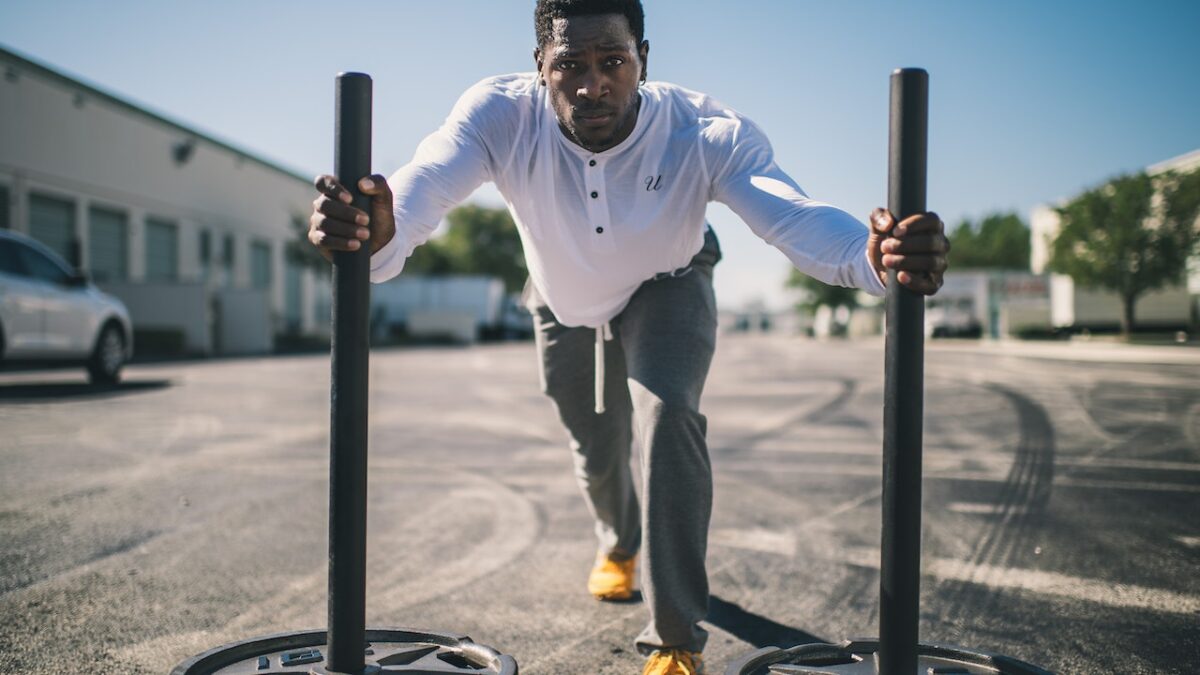It’s no secret that athletes have to work incredibly hard to stay in top condition. Their bodies are constantly under stress and strain, whether they are practicing or competing. This can take a toll on the body, leaving athletes tired and sore after workouts. To recover properly, athletes need to follow a quite specific set of guidelines.
Everyone has different recovery needs, so it’s important to experiment and find what really works best for you. However, some common tips can help all athletes recover more effectively after a workout.
- Replenish fluids
After a strenuous workout, it’s important to replace the fluids that your body has lost. Drinking water or an electrolyte-rich sports drink can help to replenish fluids and prevent dehydration. It’s also important to drink before you feel thirsty, as thirst is a sign that your body is already dehydrated.
If you are looking for a high-quality sports recovery drink, LIFEAID products are a great option. They are all-natural, low-calorie, and free of artificial ingredients.
- Eat a nutritious meal
Within an hour or so of finishing your workout, eat a nutritious meal or snack. This will help to replenish your low-energy stores and promote muscle recovery. A balanced meal should include carbohydrates, protein, and healthy fats.
Not any kind of food will do after a workout. It is important to intake foods rich in nutrients that will help your body recover effectively. Test which foods work best for you, but some good options include bananas, yogurt, whole grain toast, and almond butter.
However, if you’re on a specific diet, make sure you eat foods that will help you reach your goals. For example, Factor, a meal kit service, can deliver prepared low-calorie meals to your door if you’re cutting or intend on losing weight.
- Get enough sleep
Sleep is vital for recovery, as it gives your body a chance to repair and rebuild muscle tissue. Most people need around seven or nine hours of sleep per night, but athletes may need more. Experiment to see how much sleep you really need to feel rested and recovered.
Getting enough sleep can be difficult, especially if you have a busy training schedule. However, you can do quite a few things to improve your sleep quality. Avoid all caffeine, alcohol, and similar stuff before bed. Establish a nice sleep schedule, and create a proper relaxing bedtime routine.
A nice, comfortable mattress is also crucial for good night’s sleep. Make sure to pick one that suits your sleeping style and provides the support your body needs.
- Use active recovery
Active recovery is a great way to promote blood flow and prevent stiffness after a workout. It involves doing light exercise at a low intensity, such as walking or easy biking. This activity can help flush out lactic acid and other waste products from your muscles, speeding up the recovery process.
The best way to promote blood flow is by using a foam roller. It helps to release muscle tension and improve the range of motion.
- Take ice baths
Immersing your body in cold water can be an uncomfortable experience, but it can also be very beneficial for recovery. Ice baths help to reduce inflammation and pain, and they can also improve recovery time.
Fill a tub with cold water and ice cubes to take an ice bath. Aim for the water to be between 50 and 60 degrees Fahrenheit. Start by sitting in the tub for one minute, then gradually increase the time as you get used to the cold temperature. Once you reach 10-15 minutes, you can get out of the tub.
- Try compression clothing
Compression clothing is designed to help improve blood circulation and reduce inflammation. It can be helpful for recovery, as well as for treating injuries. A wide range of compression garments, such as socks, leggings, and sleeves, are available.
Compression clothing is most effective when it’s used during or after exercise. However, you can also wear it while you sleep to help promote recovery. Just make sure to take it off if you start to feel too hot, as it can cause skin irritation.
- Get a massage
Massages can help to improve blood circulation, reduce inflammation and promote relaxation. They are an excellent way to speed up recovery after a strenuous workout.
There are many different types of massages, so you can find one that completely suits your needs. Swedish massages are a good option for relaxation, while deep tissue massages can help to reduce pain and stiffness. See what works best for you and book a session with a qualified massage therapist.
- Take supplements

Many types of protein supplements are available, such as whey, casein, and soy. Experiment to see what really works best for you. You can also get protein from food sources, such as eggs, chicken, fish, and legumes.
In addition to protein, there are a few other supplements that can be helpful for recovery. Creatine helps to increase energy levels and improve exercise performance. Glutamine helps to reduce muscle soreness and the risk of infection. And omega-3 fatty acids help to reduce inflammation.
- Try cryotherapy
Cryotherapy is a treatment that involves exposing the body to extremely cold temperatures. It’s often used for treating injuries, as it can help to reduce inflammation and pain. Whole-body cryotherapy chambers are becoming so increasingly popular as they offer a convenient way to experience the benefits of cryotherapy. The chamber is filled with nitrogen gas, which lowers the temperature inside to between -200 and -300 degrees Fahrenheit.
Whole-body cryotherapy can be uncomfortable, but it’s generally safe when it’s done correctly. The treatment lasts only a few minutes, and you should feel an improvement in recovery time afterward.
- Practice mindful meditation
Mindful meditation is a type of mindfulness practice that can help you to really focus on the present moment. It’s often used for stress relief, but it can also be helpful for recovery. Meditation can help to reduce anxiety, improve sleep and promote relaxation.
There are many awesome ways to meditate, so find a nice method that works for you. You can try to meditate for as little as five minutes a day or for longer periods of time if you prefer. Just sit or lie down in a comfortable position and focus on your breath. If your mind starts to wander a bit, bring your attention back to your breath.
These are just a few of the many ways to speed up the recovery process. Experiment to see what does it best for you, and make sure to listen to your body. If you’re still feeling sore or tired, take a few extra days off to rest and recover.








 Eight Ways to Fix Bad Habits and Develop a Healthier Mindset
Eight Ways to Fix Bad Habits and Develop a Healthier Mindset